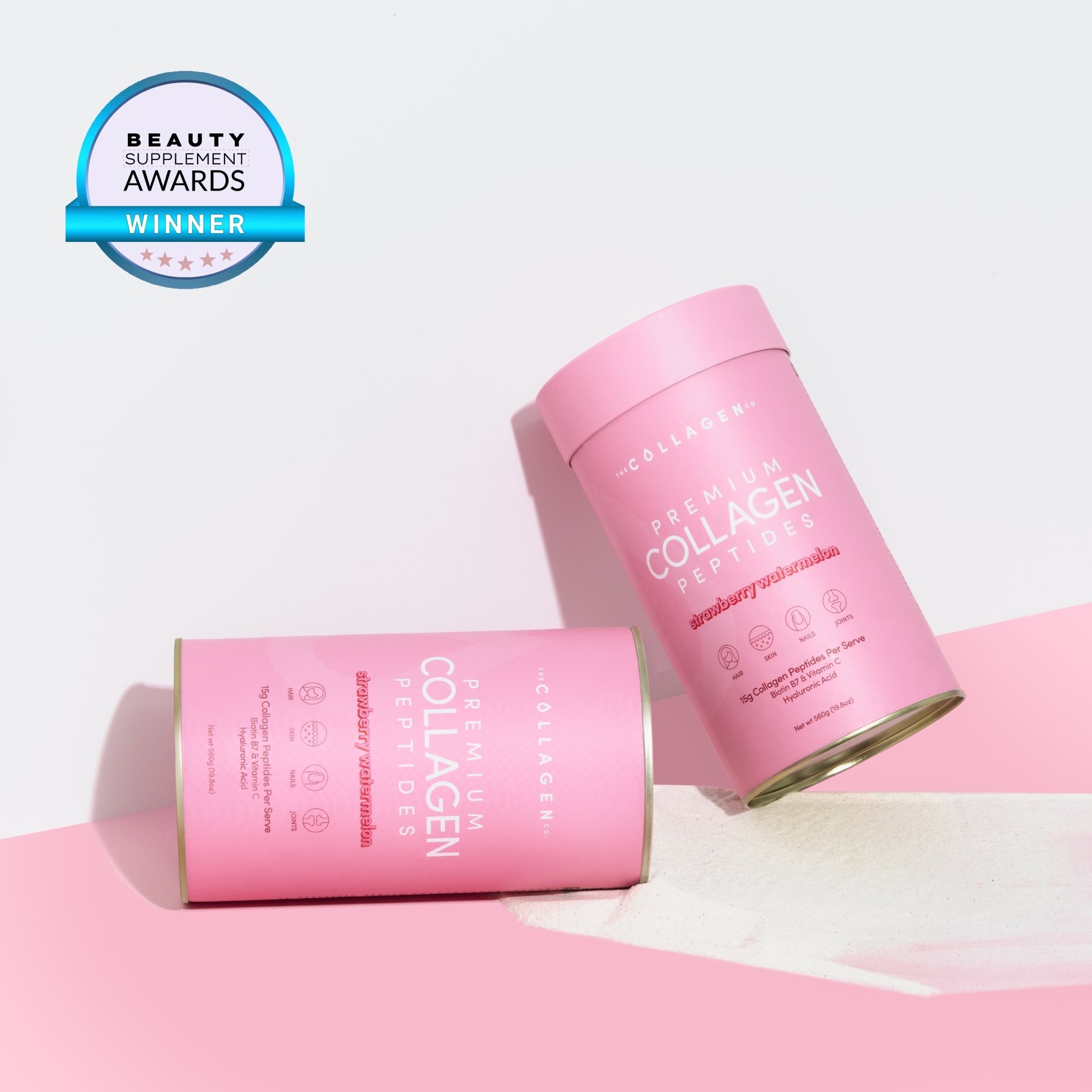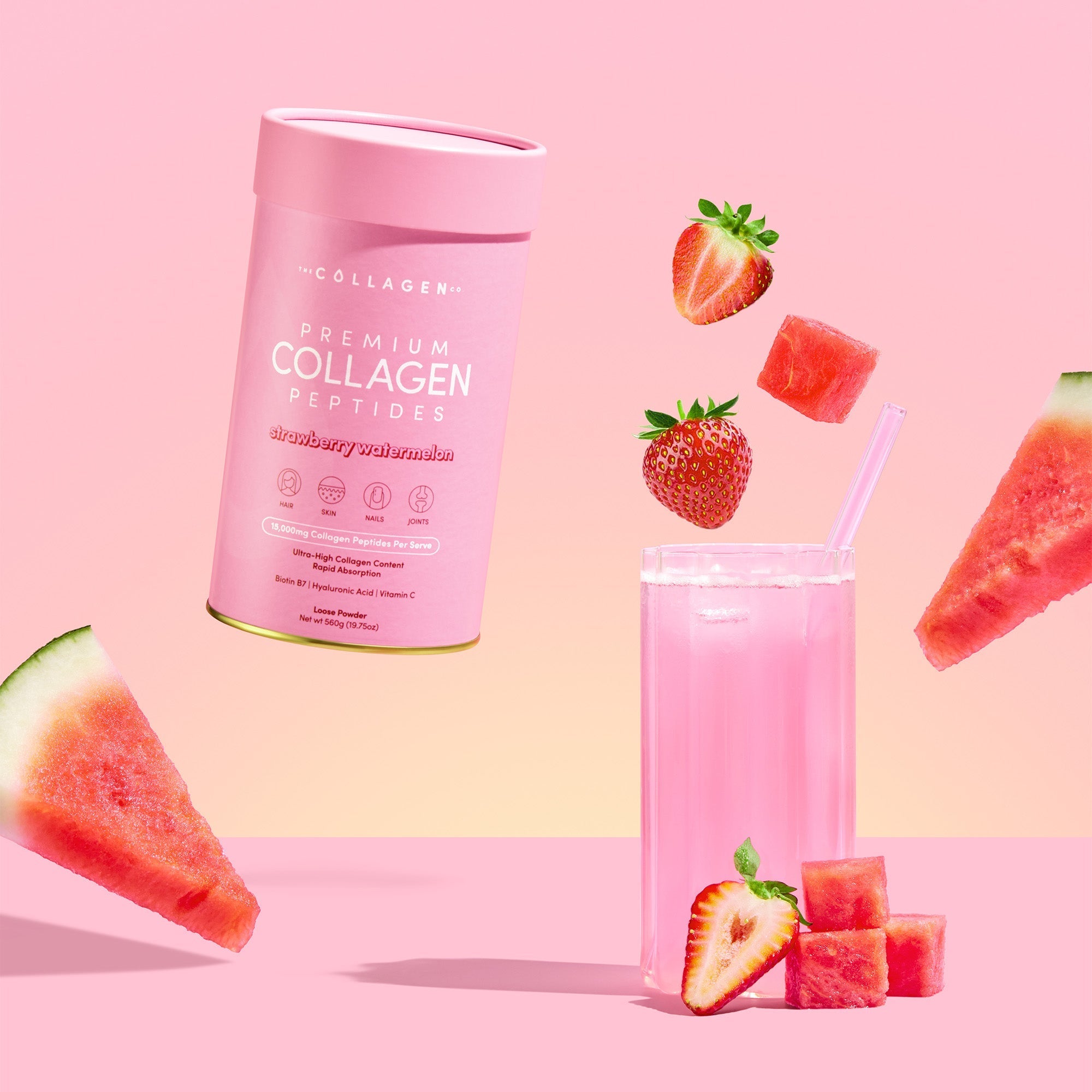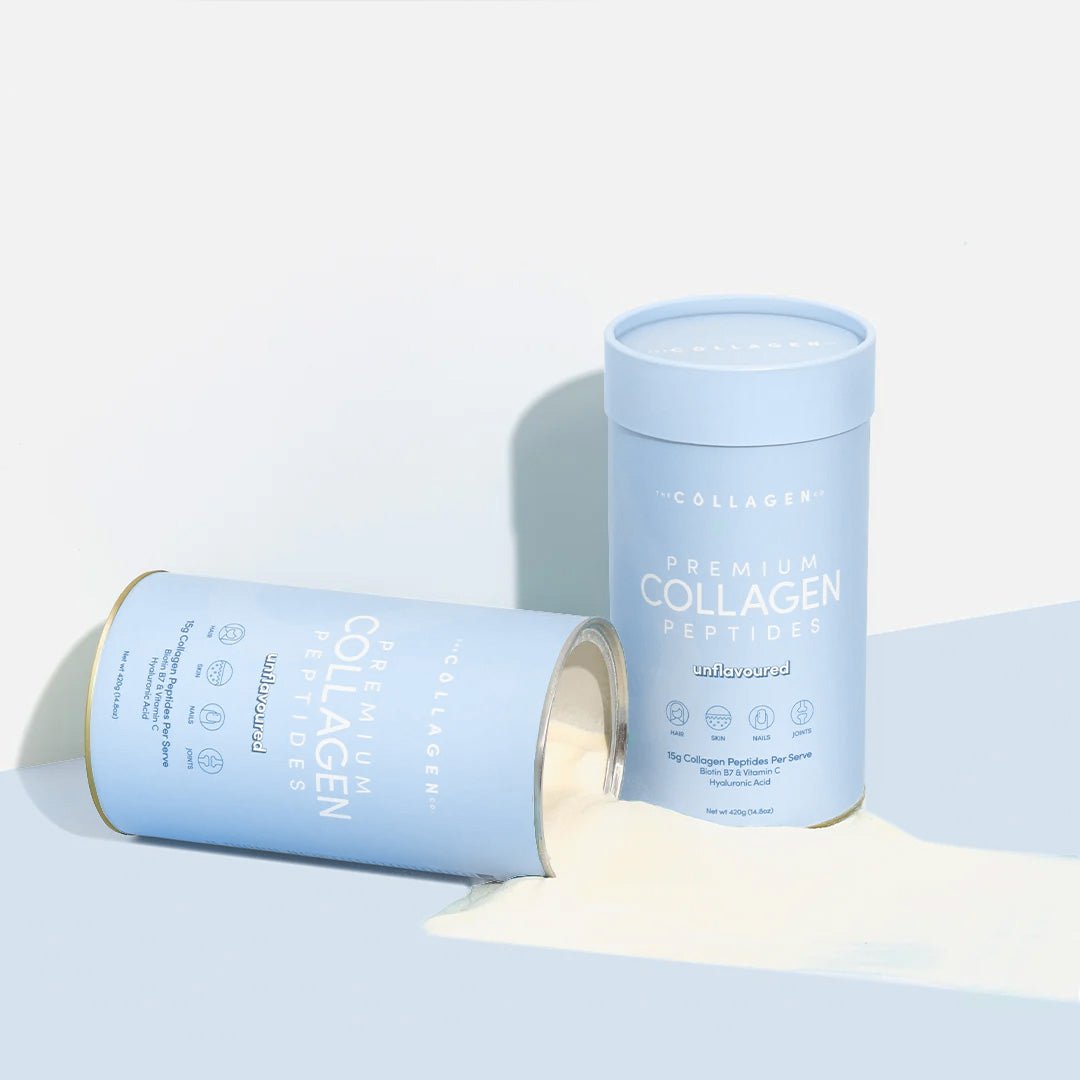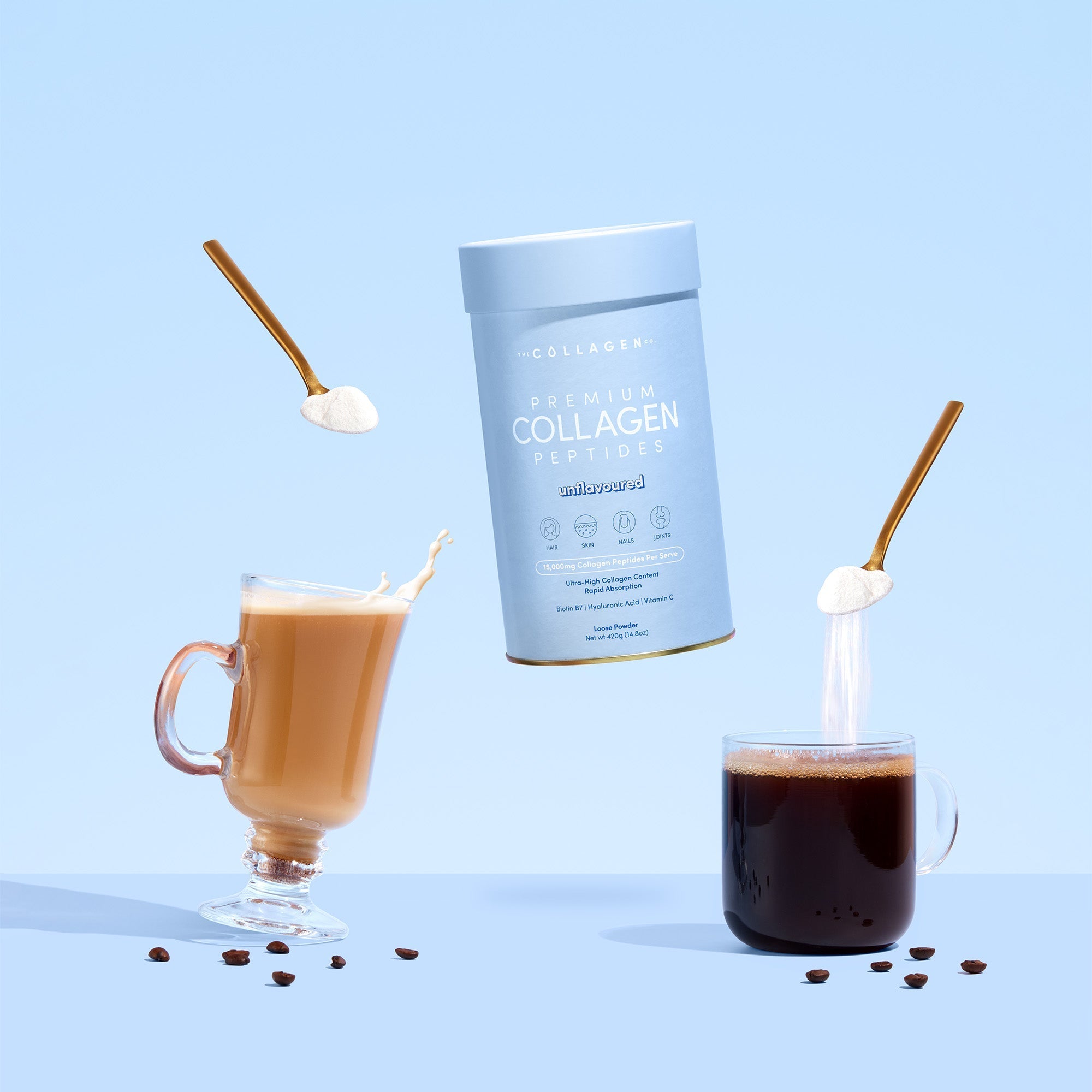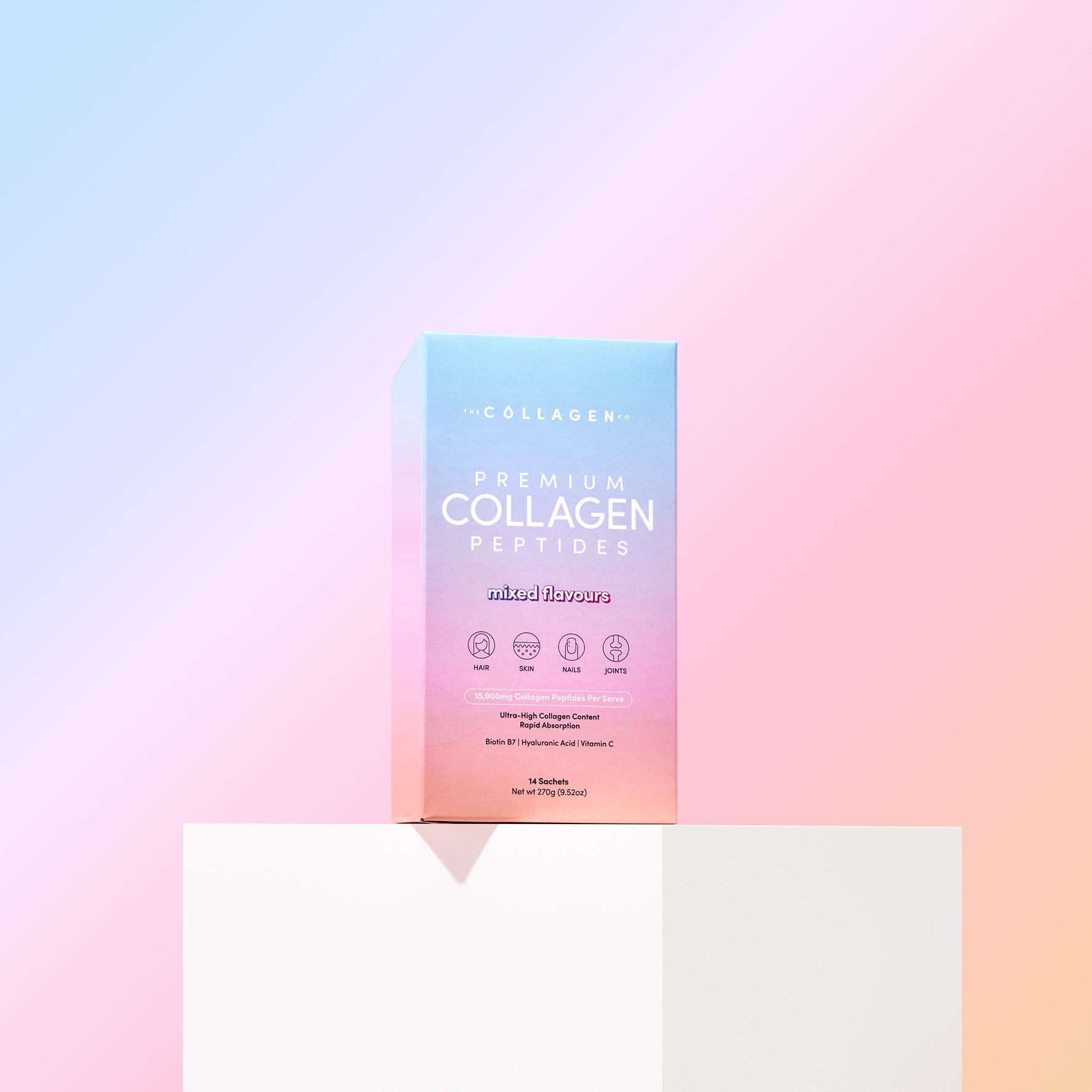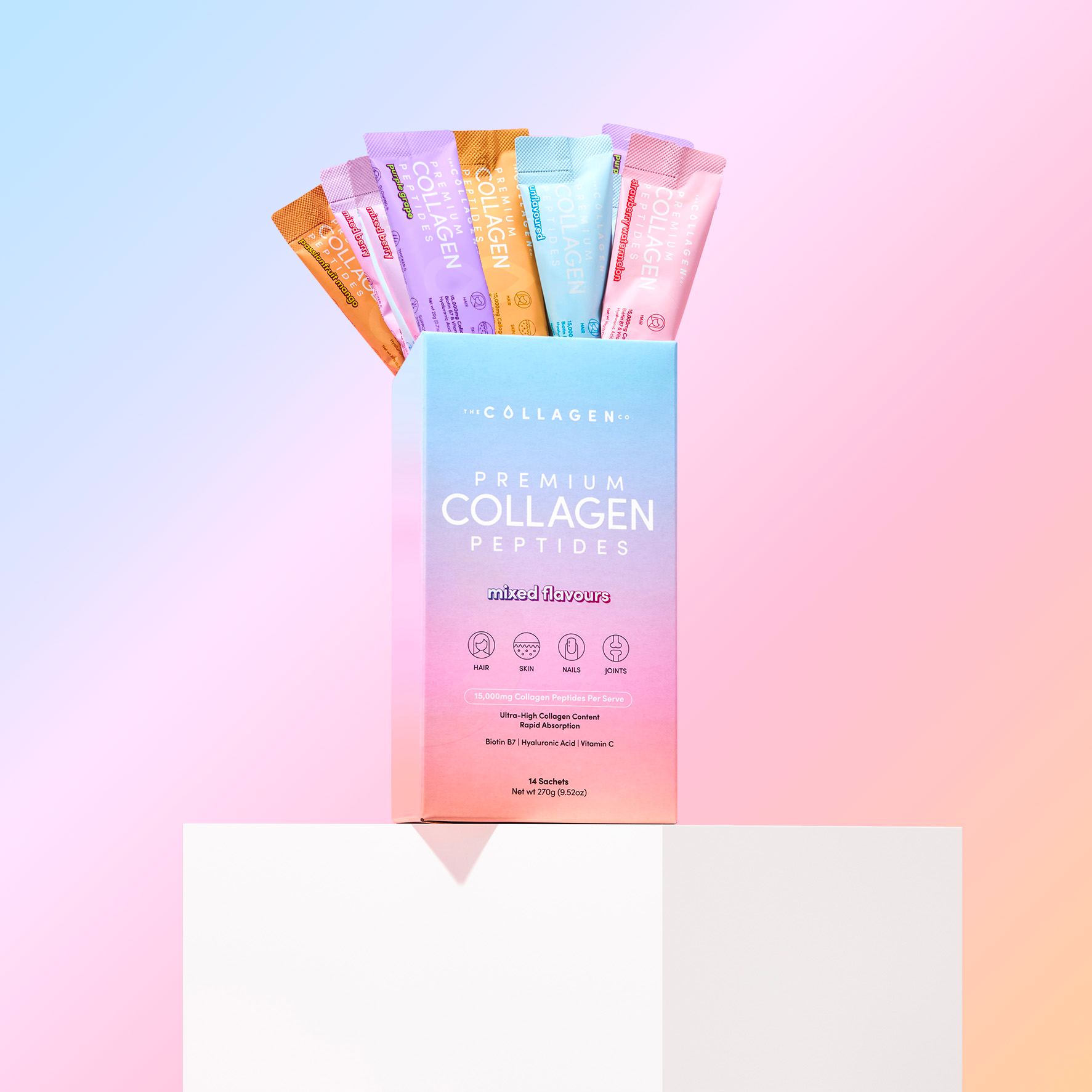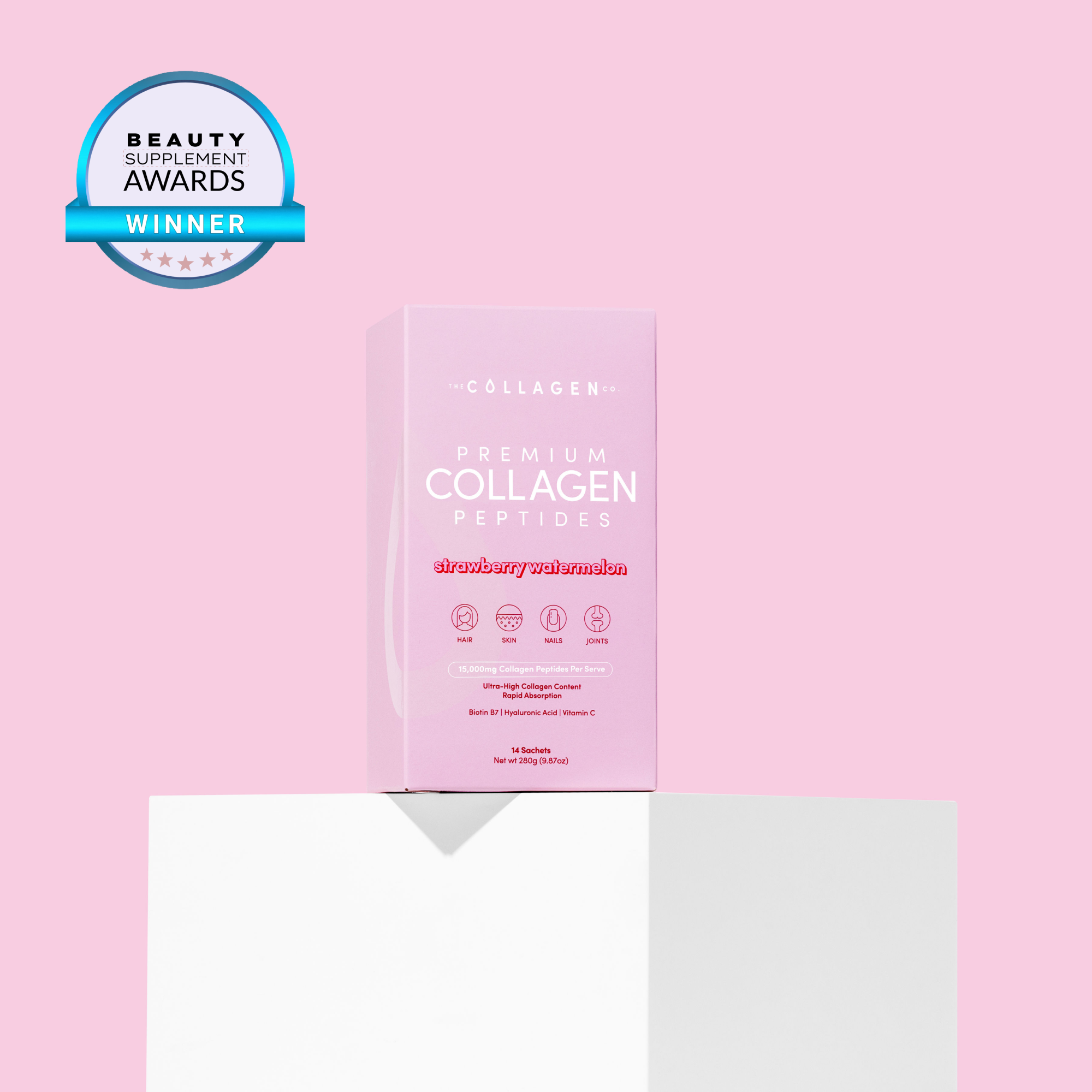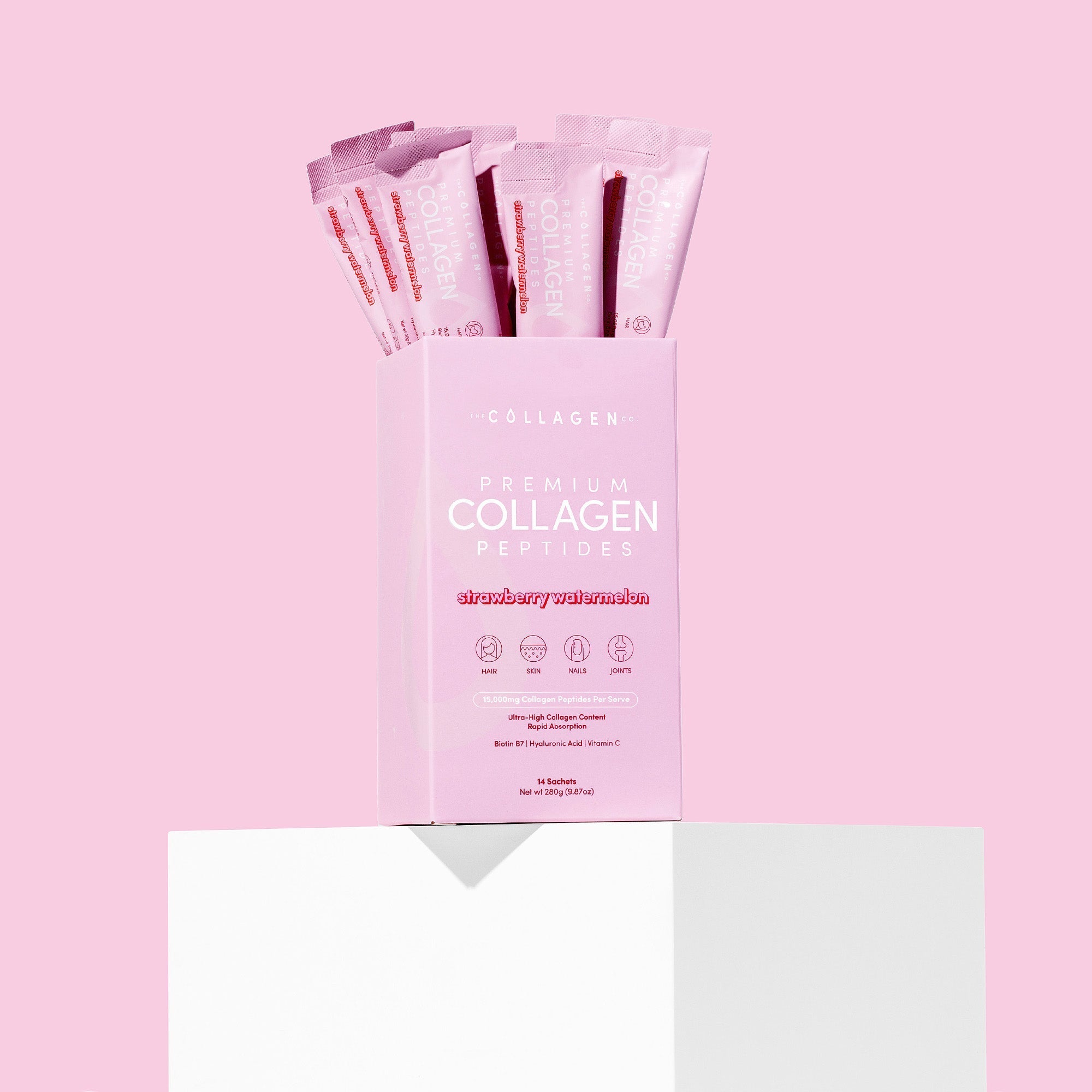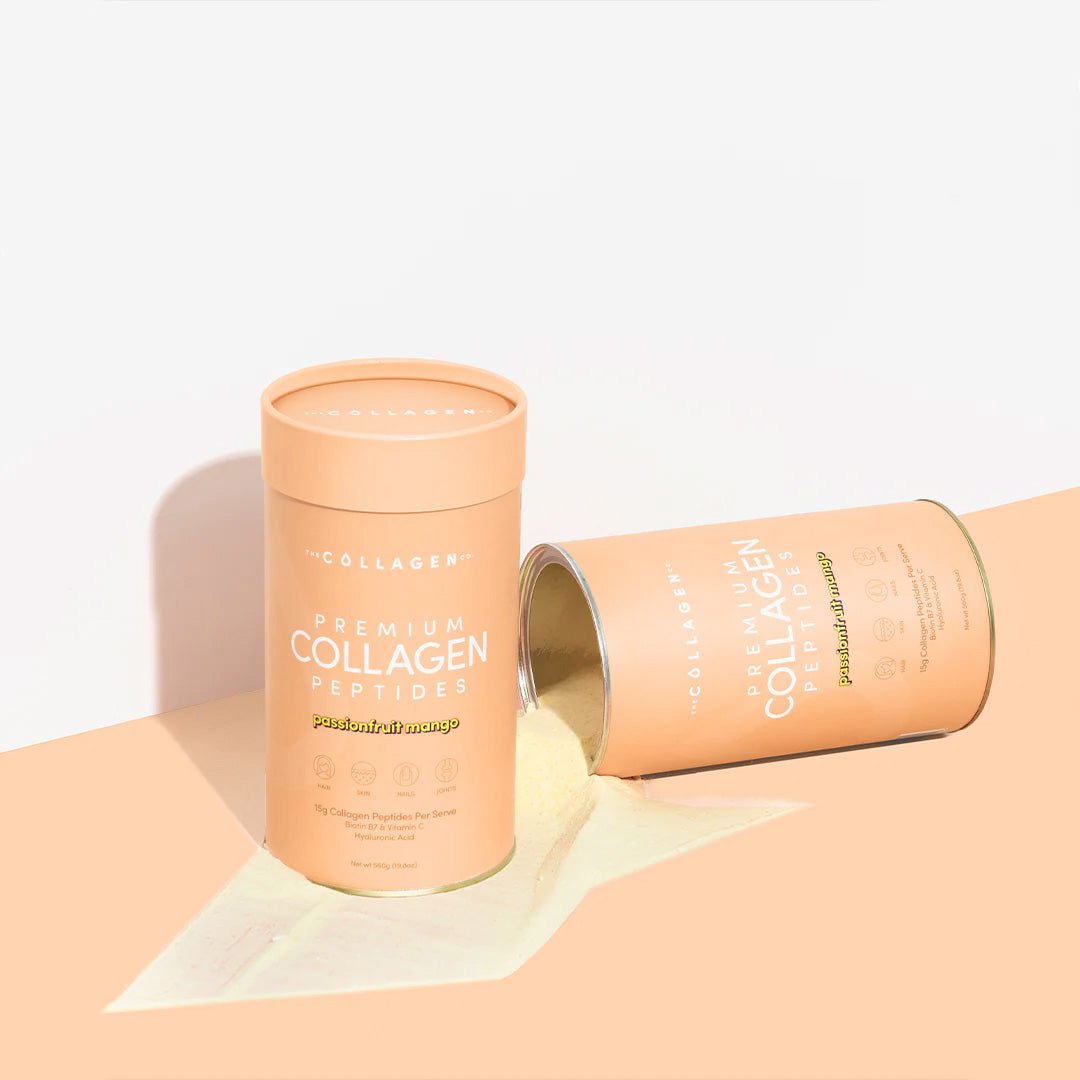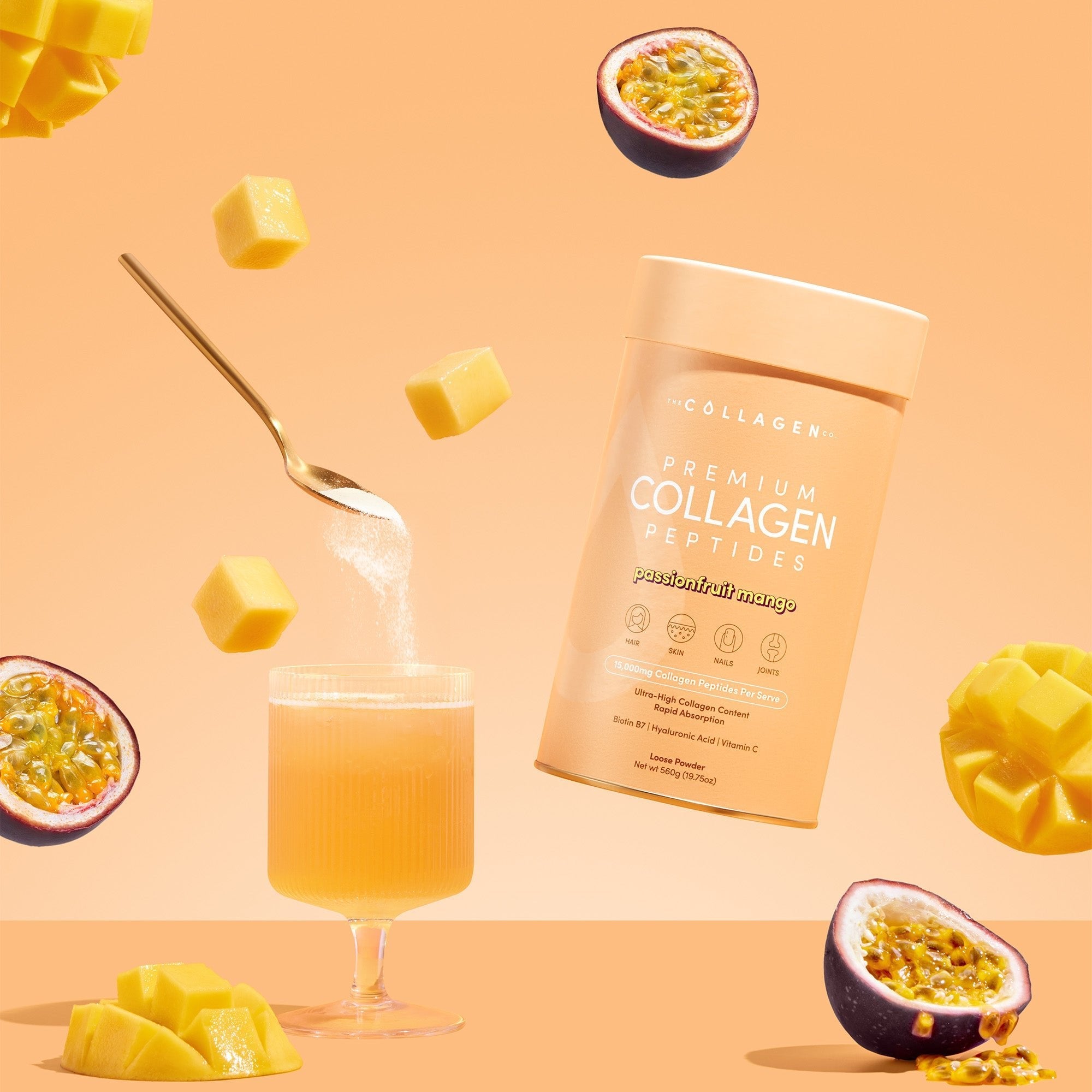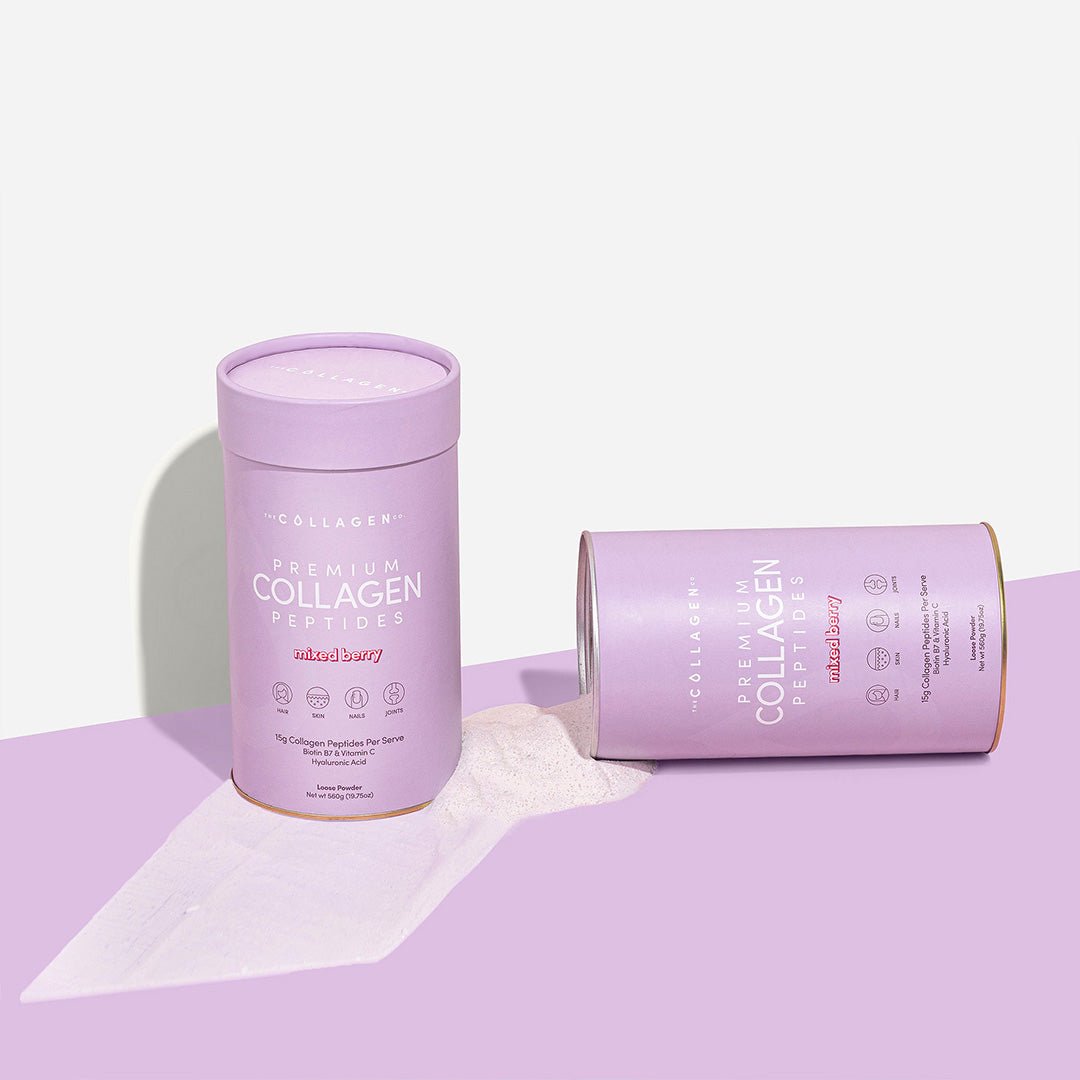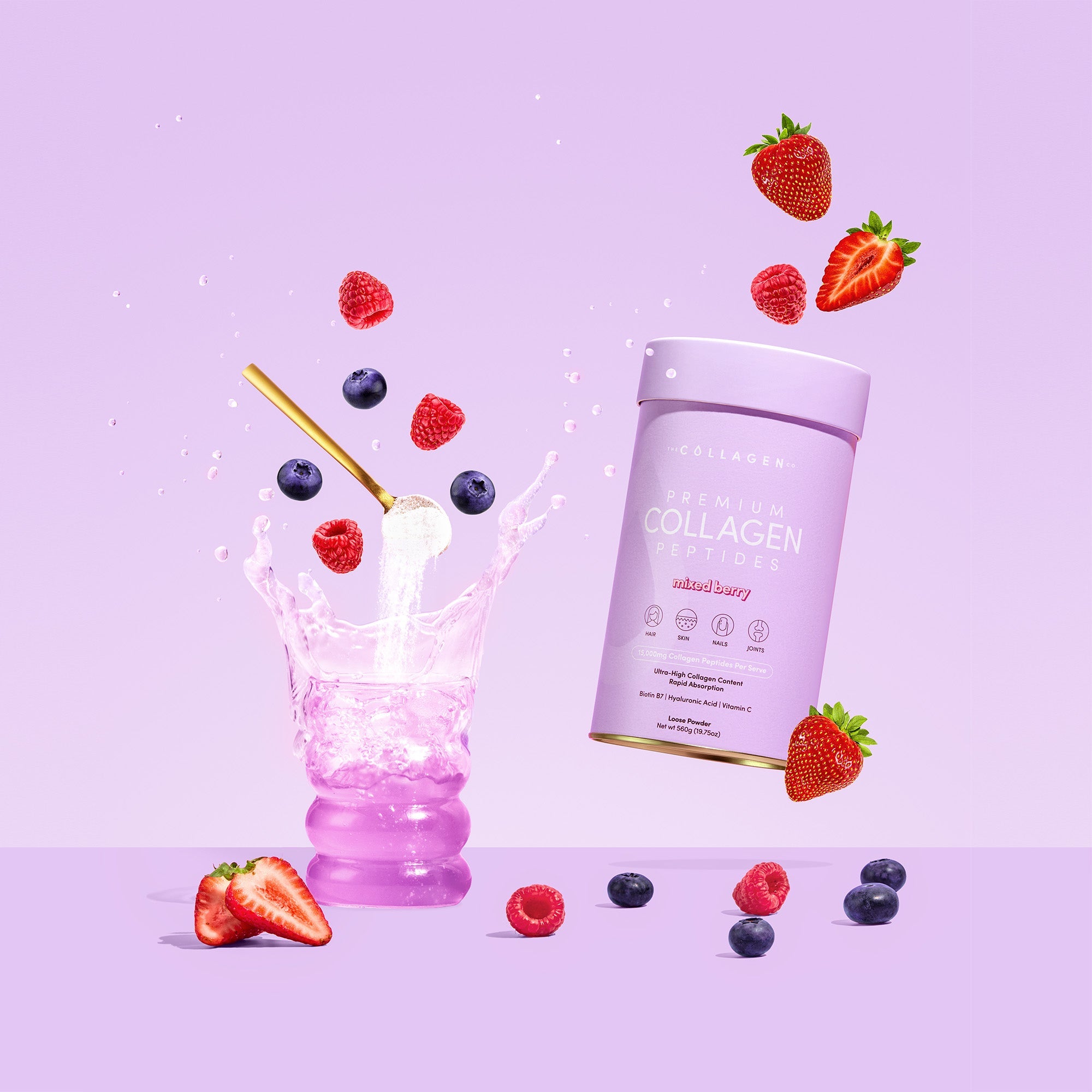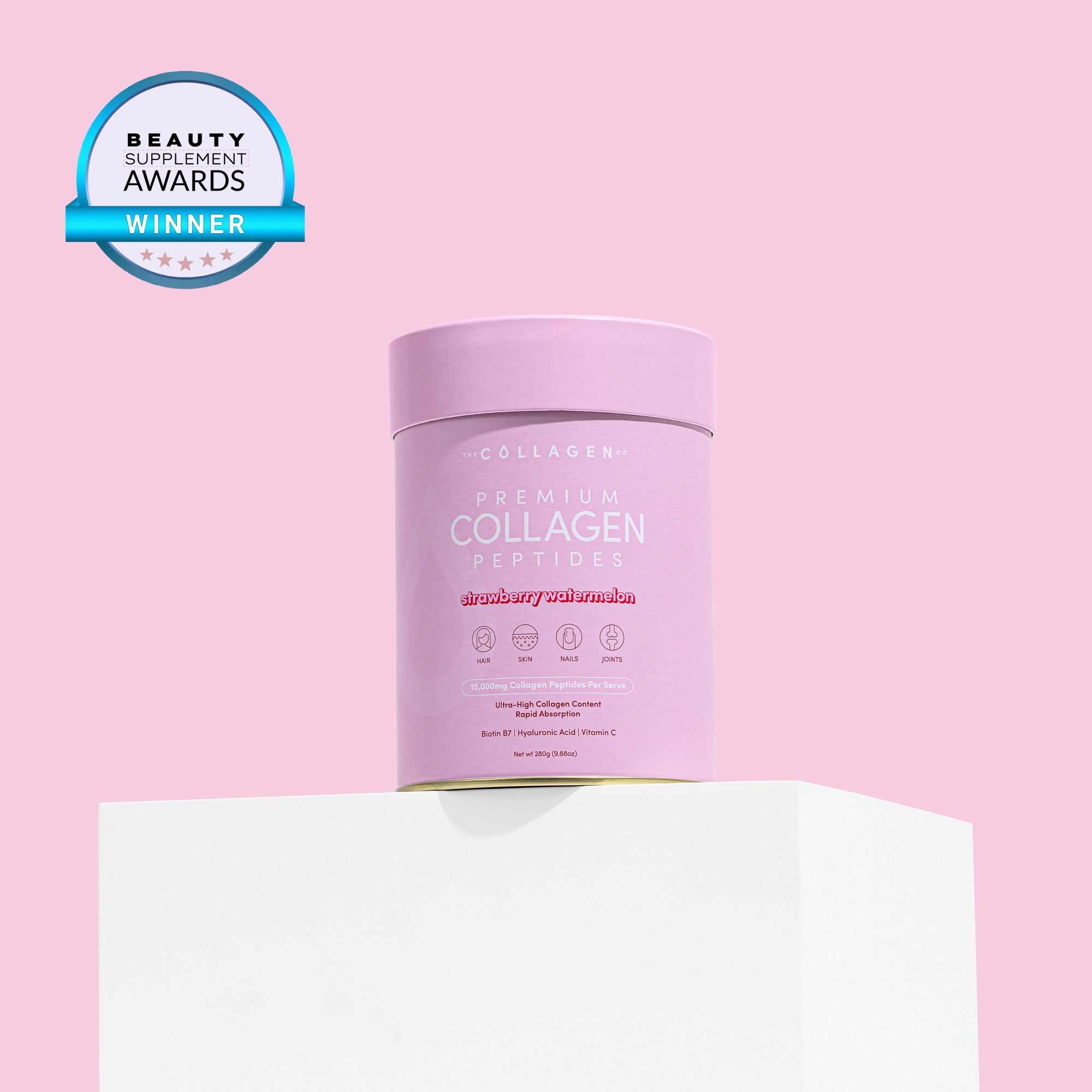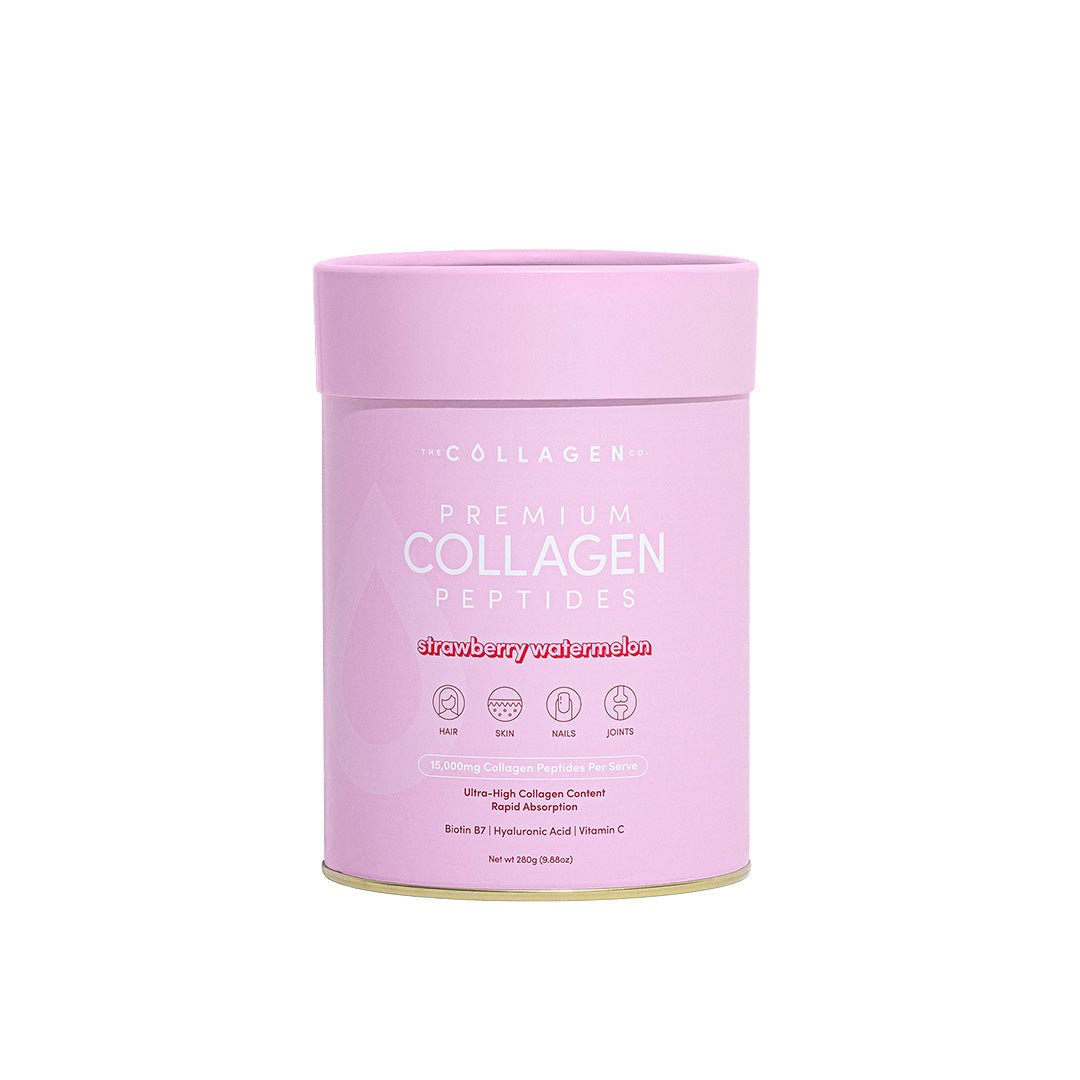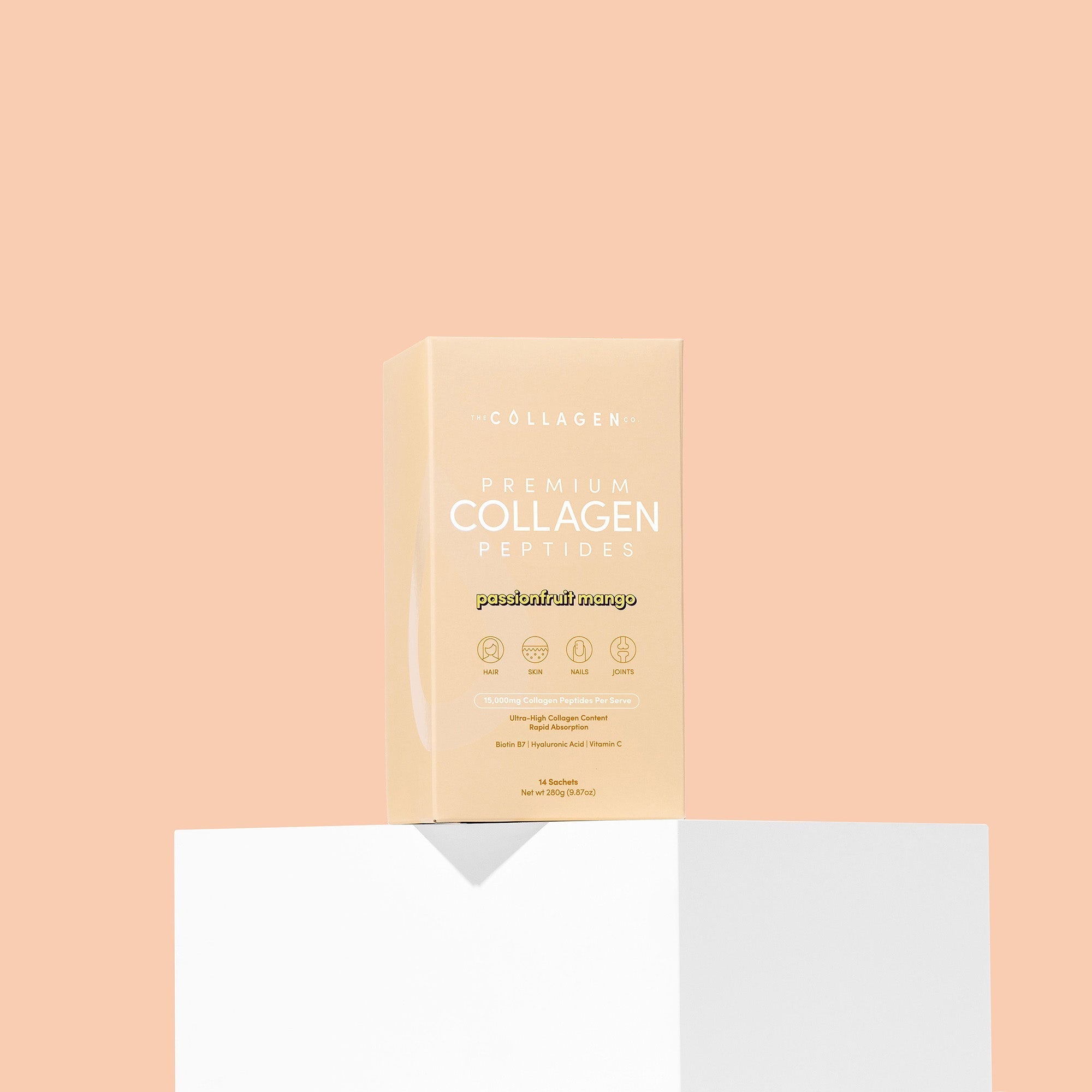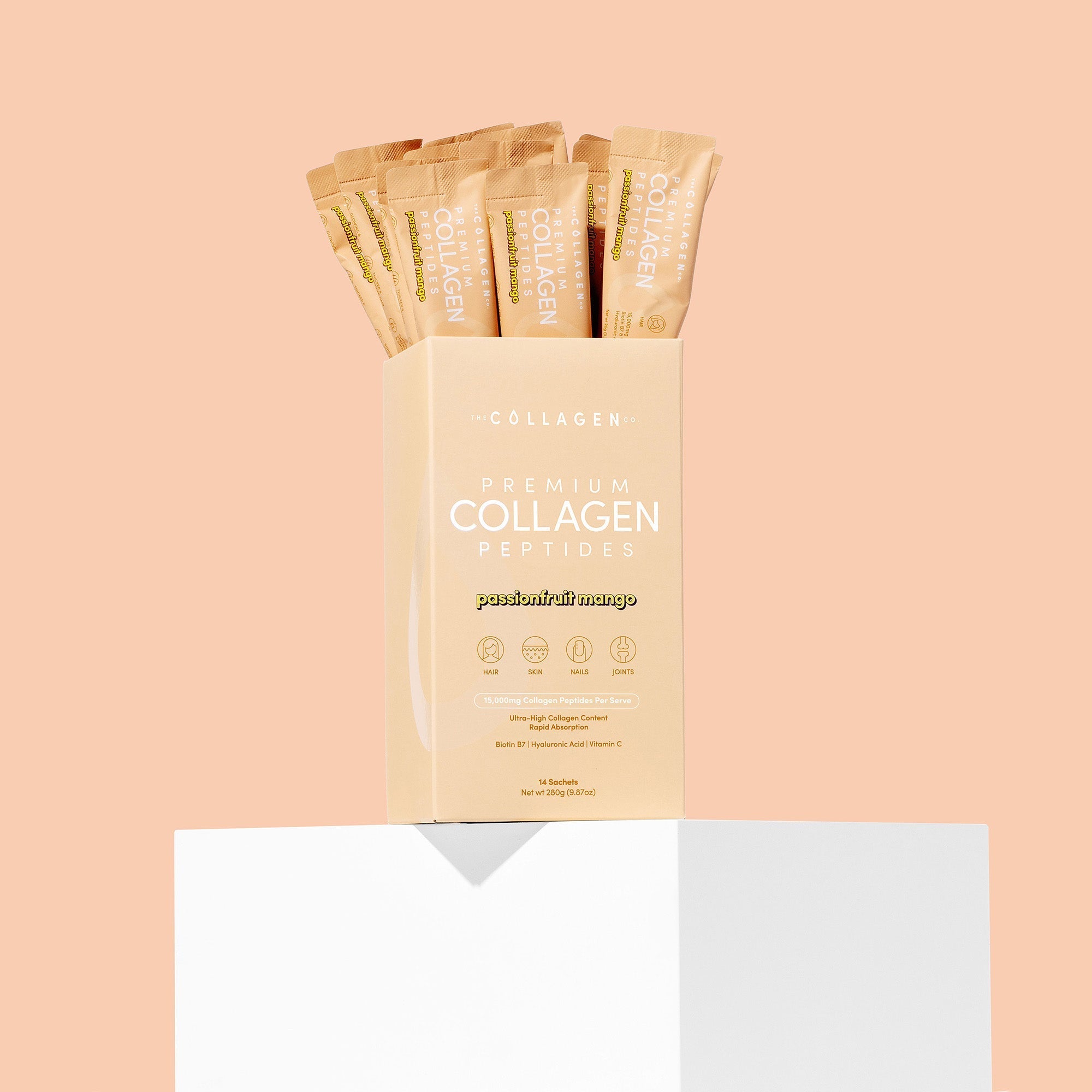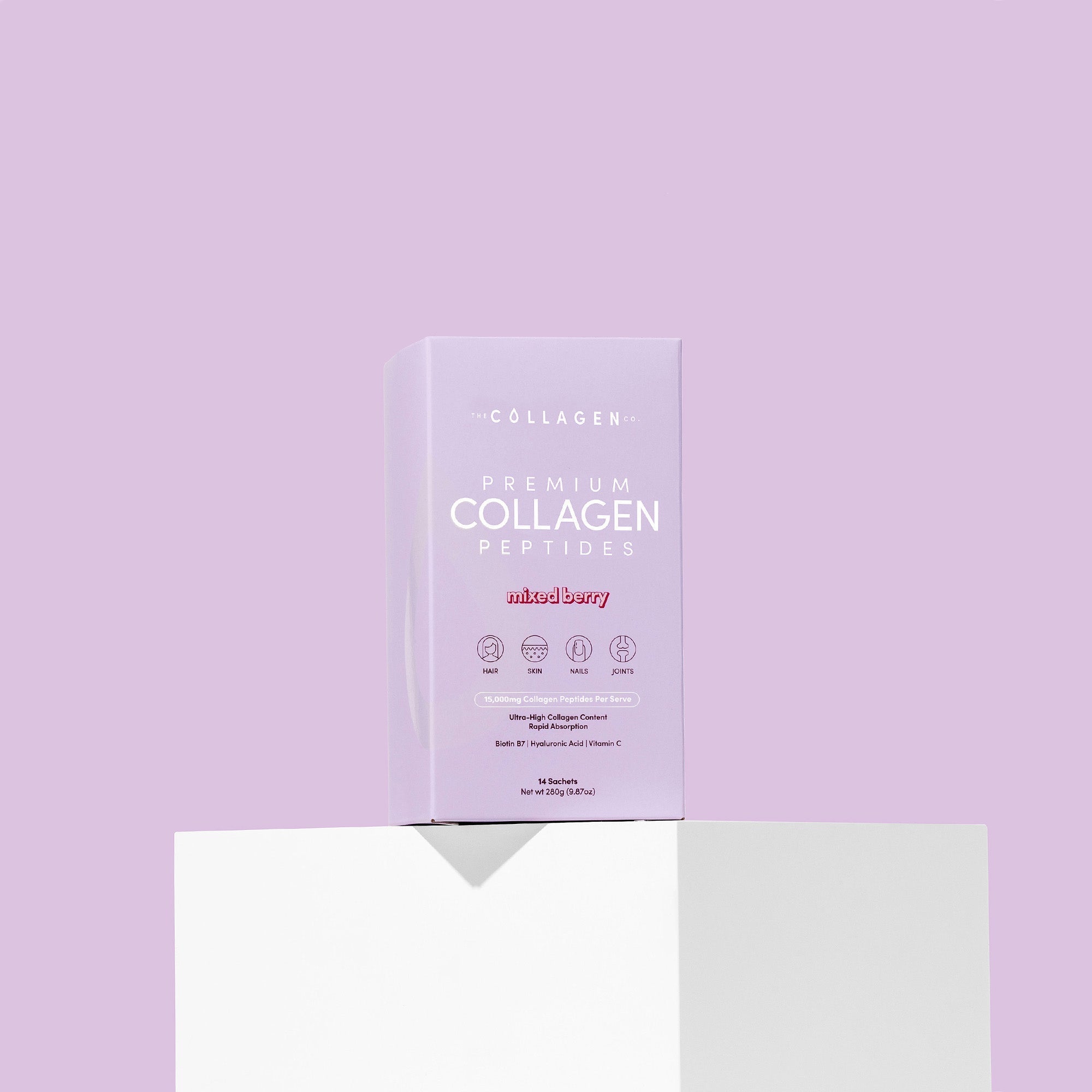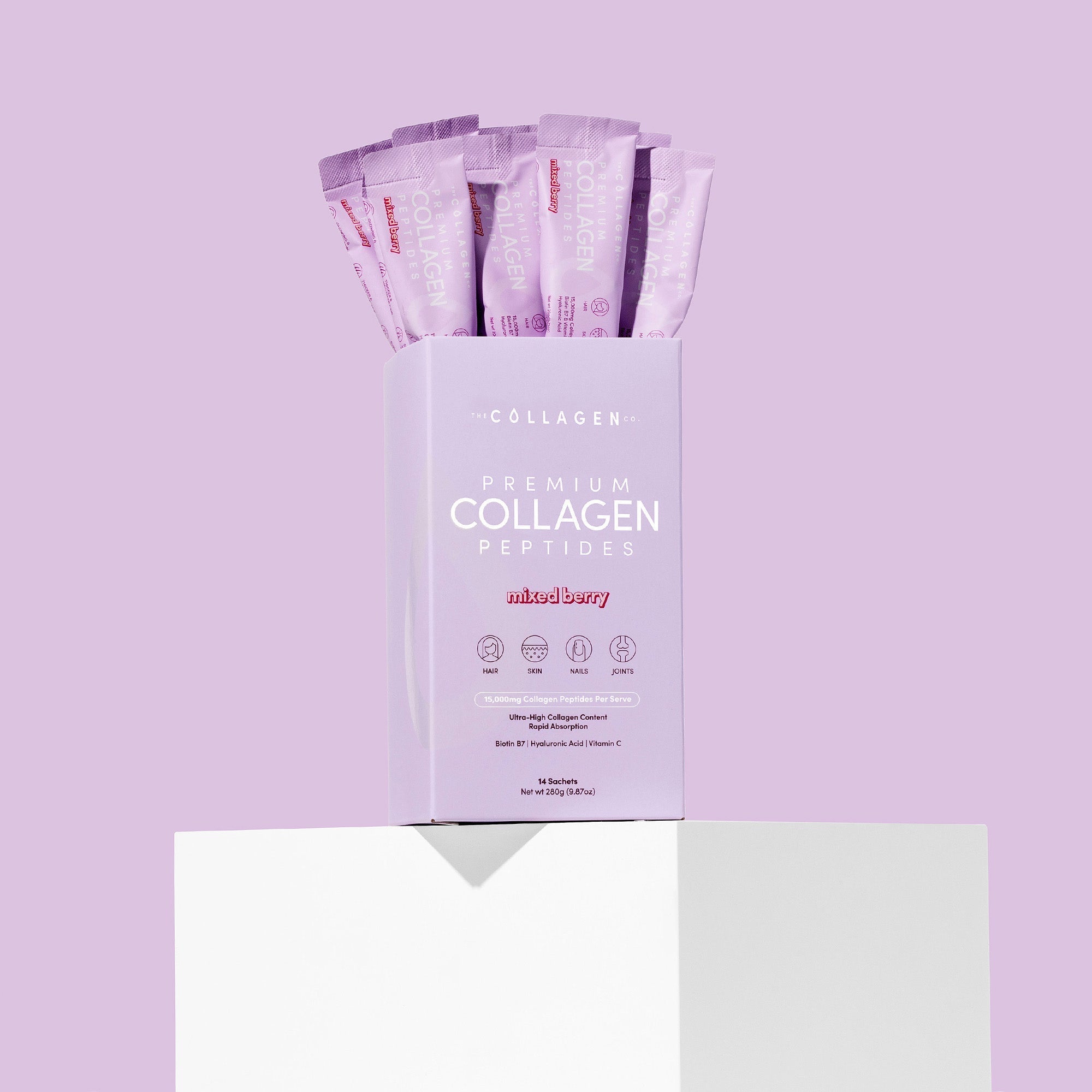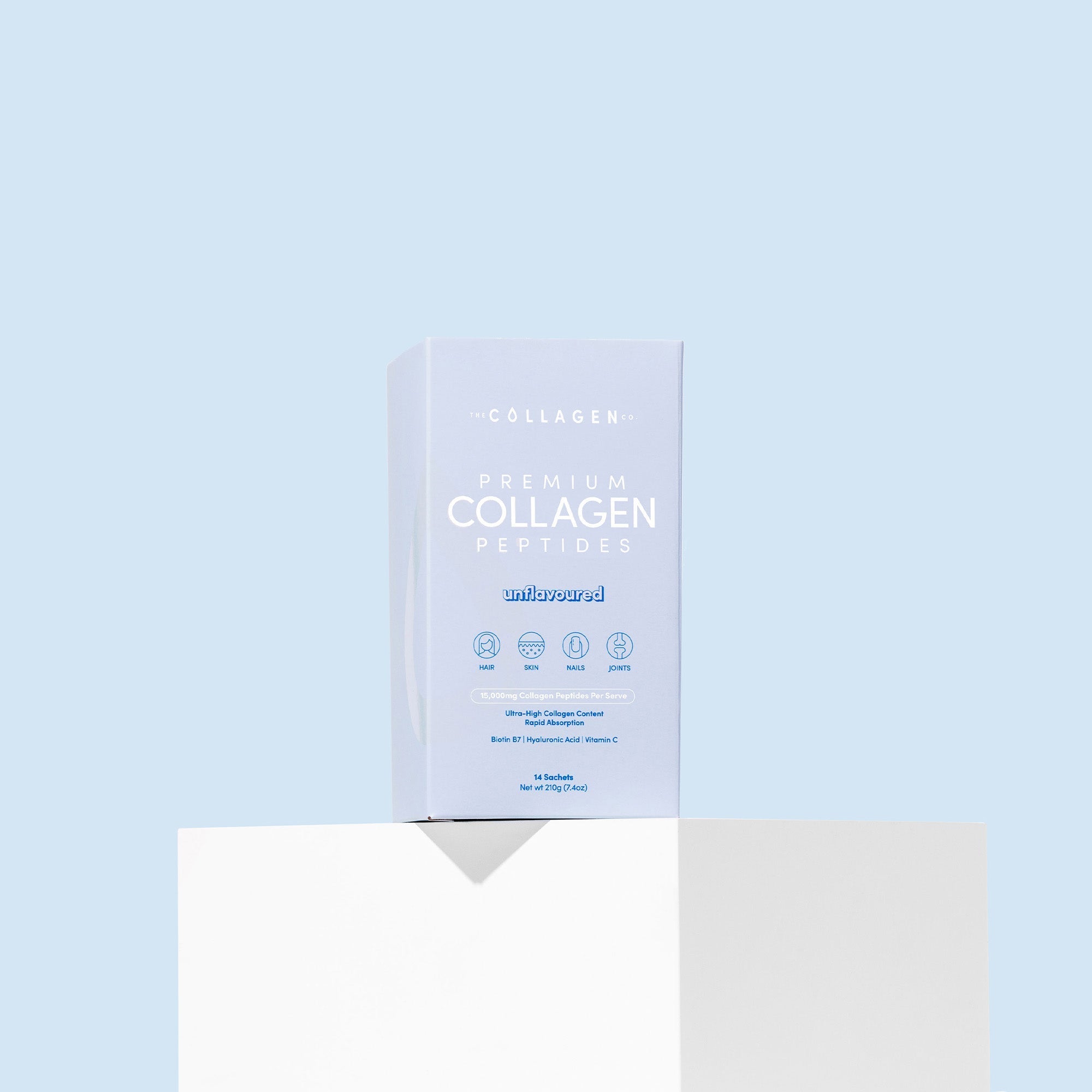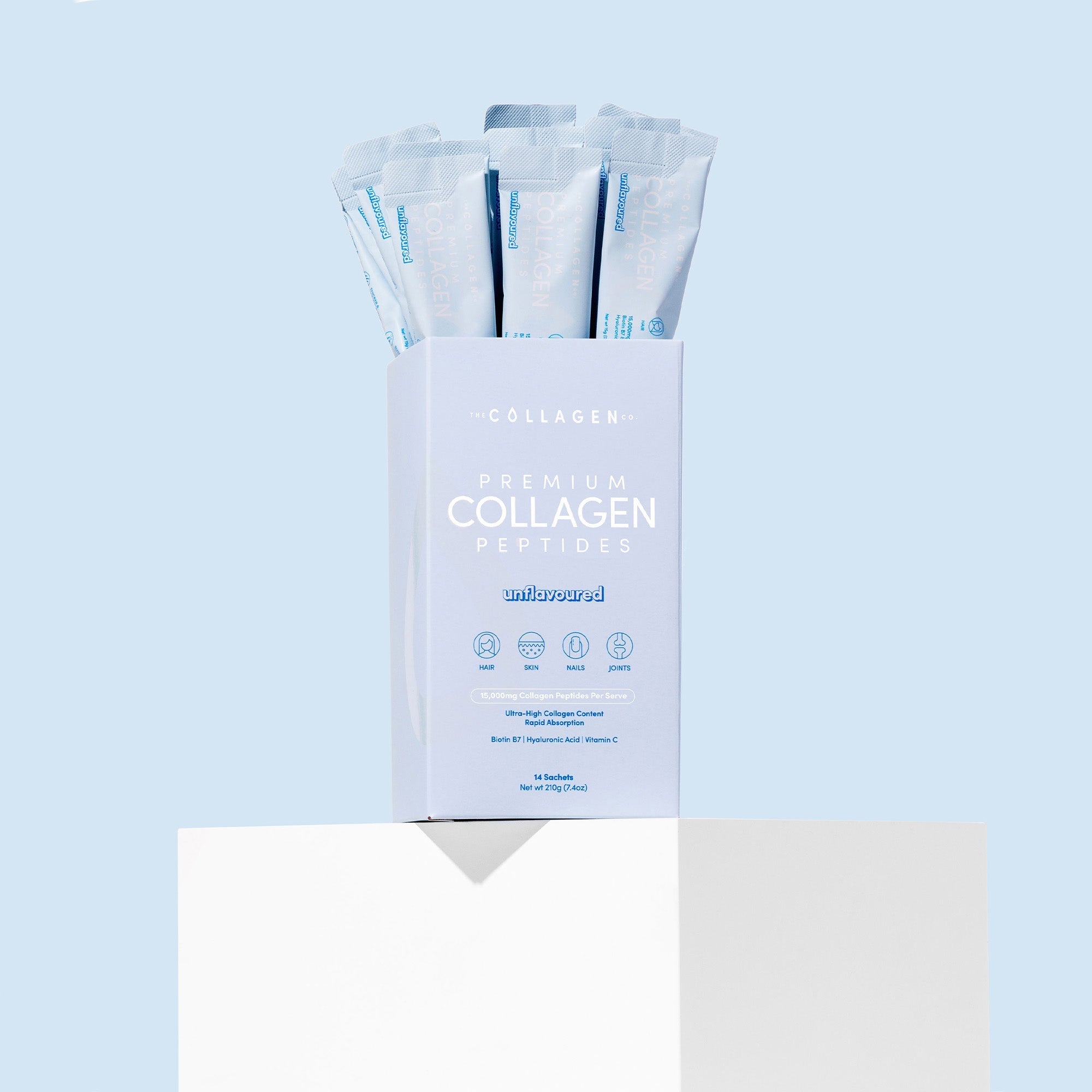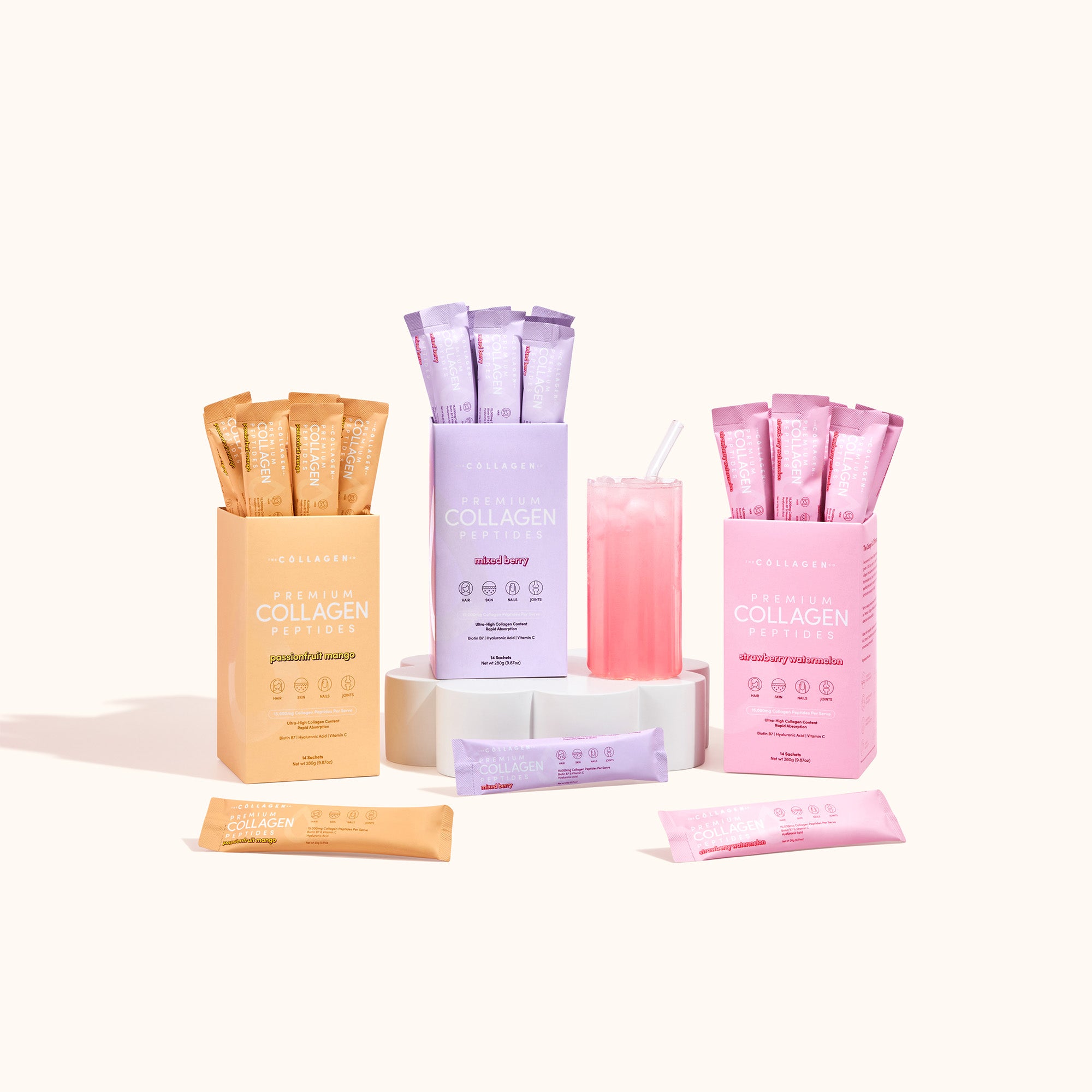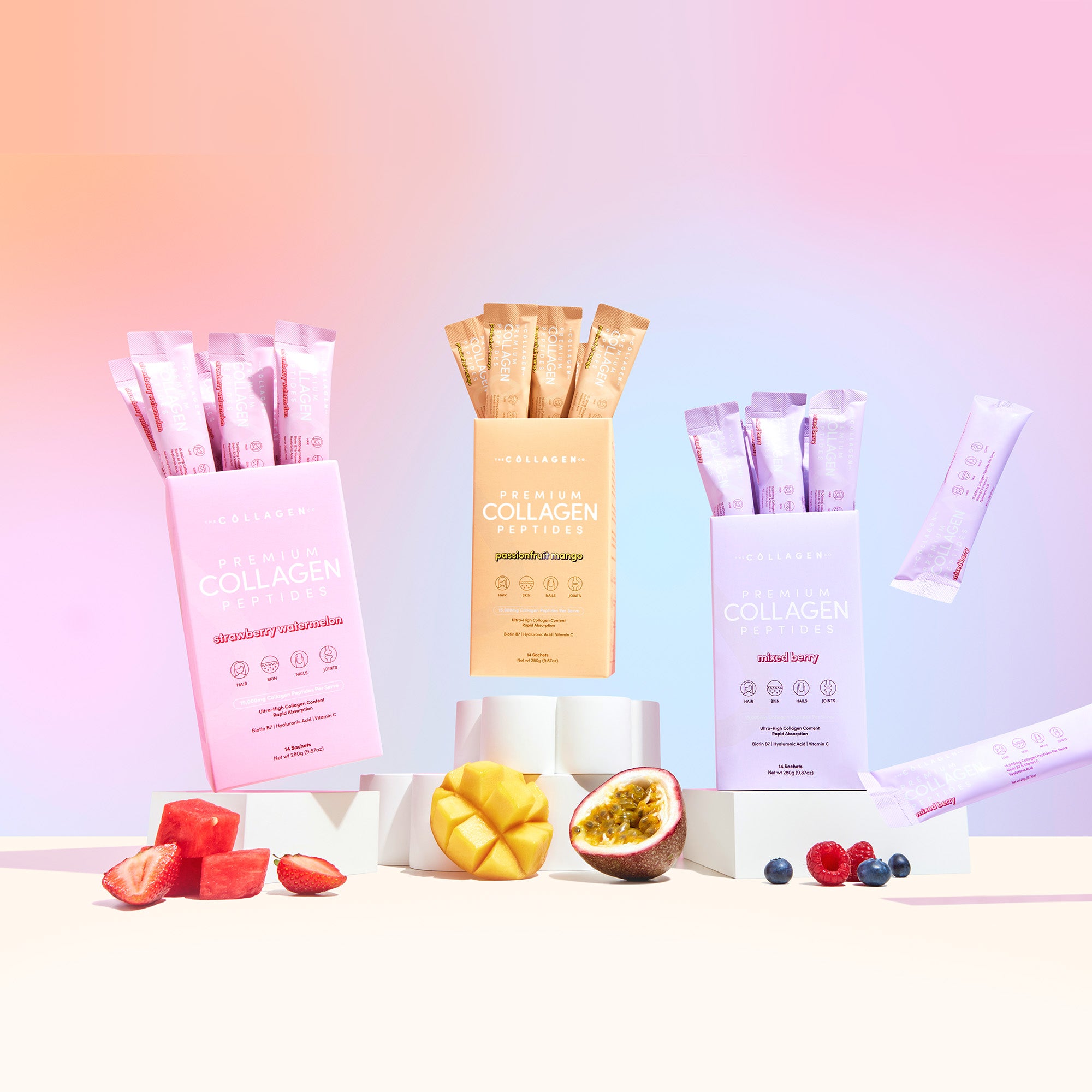Why Your Hair Feels Thin — And What Collagen Can (and Can’t) Do About It
Posted 2nd October 2025
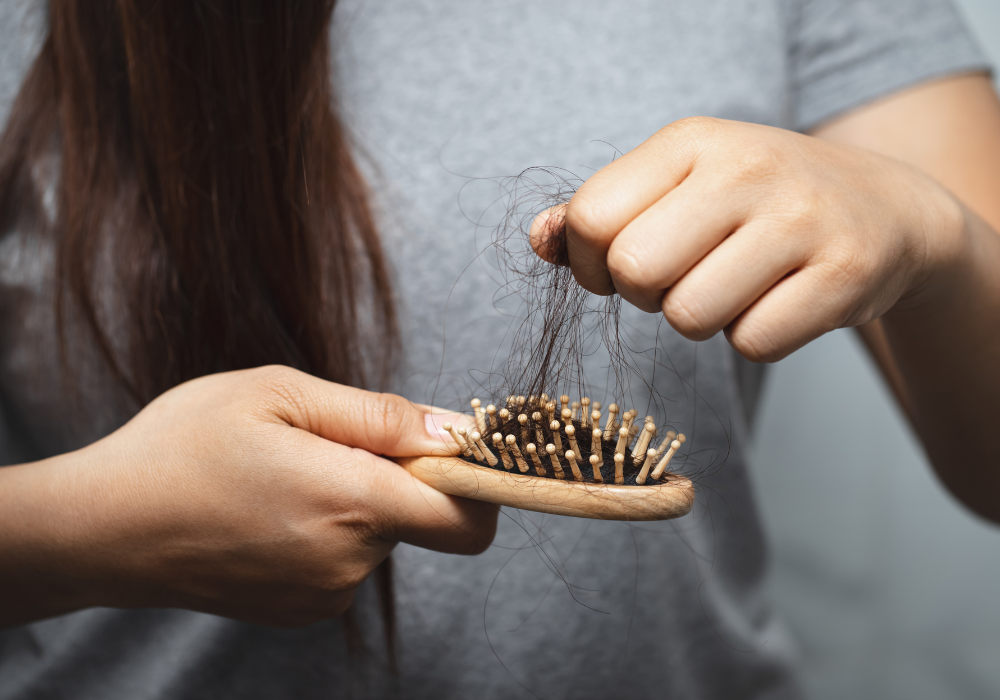
You catch more hair in the shower drain than you used to. Your ponytail looks skinnier. Or maybe your strands just don’t seem to have the same oomph they once did. Hair thinning is one of those changes you notice before anyone else does, and it can be frustrating.
Now, here’s the thing: thinning hair isn’t always about “bad luck”. There are many reasons it could happen, from nutrition to hormones to genetics, and understanding which bucket you fall into can save you from chasing miracle fixes. Collagen has a role to play, but it’s not a magic bullet. Find out what it can and cannot do for your hair volume here.
The top causes of thinner hair (and the science behind them)
Nutrient gaps
Your hair might seem like it’s “dead” (and technically, the hair shaft you see is), but it’s produced by a living factory inside the follicle. And that factory runs on nutrients:
-
Amino acids: Your hair is made up of a structural protein called keratin, ~95% of it, to be exact. This means your body needs a constant supply of amino acids (for the uninitiated, these are the building blocks for protein) to support healthy hair growth.
-
Vitamins and minerals: Hair follicle cells divide rapidly during the anagen phase (i.e., active growth phase) of the hair growth cycle, and this process demands fuel. Lots of it, and constantly. For example, B vitamins like biotin help convert food into ATP (the energy currency cells use), while zinc supports DNA synthesis and cell division, both crucial for fast-growing follicles.
-
Fatty acids: Omega-3 fatty acids and other healthy fats support scalp health, helping follicles stay nourished, reducing dryness and flakiness.
Skimp on any of those nutrients, and your body would (naturally) reroute resources to the vital organs like the heart and brain first. Follicle stem cells slow down, keratinocyte activity drops, and the hair they produce grows weaker, thinner, and more prone to shedding.
Hormonal shifts
Hormones play a huge role in how your hair behaves. And estrogen is a big one, keeping follicles in the anagen (growth) phase longer, which is why hair often looks thicker and shinier — shampoo commercial worthy — during pregnancy.
But when estrogen drops, like after childbirth or during menopause, that growth window shortens. Hairs shed sooner, and what grows back tends to be finer.
Then there are androgens, like DHT (dihydrotestosterone).
If your follicles are sensitive to it, DHT slowly shrinks them over time (miniaturisation), so each strand grows slightly thinner and weaker. It’s less about “losing” hair overnight and more about your growth cycles getting shorter and less productive with each round.
By the way, if you’re going through postpartum hair loss, it helps to know it’s temporary and 100% manageable. We’ve put together a guide on why it happens and what you can do to support recovery here.
Damage you do yourself (without realising it)
Not all thinning comes from hormones or genetics — some of it’s simply how you treat your hair day to day.
-
Too-tight hairstyles (think ponytails, braids, buns) put constant tension on the follicle, which over time could cause traction alopecia, which is characterised by hair loss or hair thinning, particularly at the hairline.
-
Heat styling (blow-dryers, straighteners, curling wands …) not only weakens the cuticle, the protective outer layer of your hair, but also generates free radicals that attack the proteins and lipids in each fibre, leaving strands weaker, drier, and more likely to break mid-length.
-
Rough handling (over-brushing, towel-drying) frays fibres and creates split ends that make hair look thinner overall.
Over time, all these make your hair look thinner — not because you’ve lost follicles, but because much of what you grow never stays intact long enough to add fullness or length.
So, where do hydrolysed collagen peptides come in?
By now, it’s clear there are many reasons hair can feel thinner, from hormones to styling habits to plain genetics. Which naturally raises the question: what can collagen actually do here?
Hydrolysed collagen peptides help in 2 ways.
They provide amino acids like proline and glycine, which are the same ones your follicles use to build keratin, the protein that makes up each strand. They also support the “scaffolding” around follicles, keeping the little environment they live in more resilient.
There’s another piece too: oxidative stress.
Things like UV, pollution, and heat styling generate free radicals that wear down both skin and follicles. Collagen peptides have been shown to boost antioxidant activity in skin tissues, which helps reduce the damage. In fact, a 2024 clinical study showed that participants who took hydrolysed collagen peptides for 12 weeks saw measurable improvements in hair density and appearance — proof that it does more than just help skin glow.
Of course, collagen isn’t going to suddenly create brand-new follicles or erase years of bleach damage overnight. But it can make the foundation stronger, so your existing hair is healthier, shinier, and more resilient.
Collagen isn’t meant to do the heavy lifting alone
Bottom line? Collagen works best as part of the bigger picture.
Pair it with a well-balanced diet that’s rich in protein, good fats, and colourful veggies, so you supply your body with the nutrients (e.g., biotin) it needs for stronger hair growth. From there, it’s about the everyday choices: managing stress and getting enough sleep to keep hormones steadier, plus loosening up those too-tight ponytails or buns so you’re not tugging at your hairline.
(Can’t sleep? Try these natural sleep aids.)
None of these changes is dramatic on its own, but together they create the conditions for your follicles to do their best work — even if your genetics set the framework.
If you want a simple place to start, The Collagen Co’s Premium Collagen Peptides combine hydrolysed collagen with biotin, making it easy to support your follicles from the inside out while you work on those lifestyle habits.
